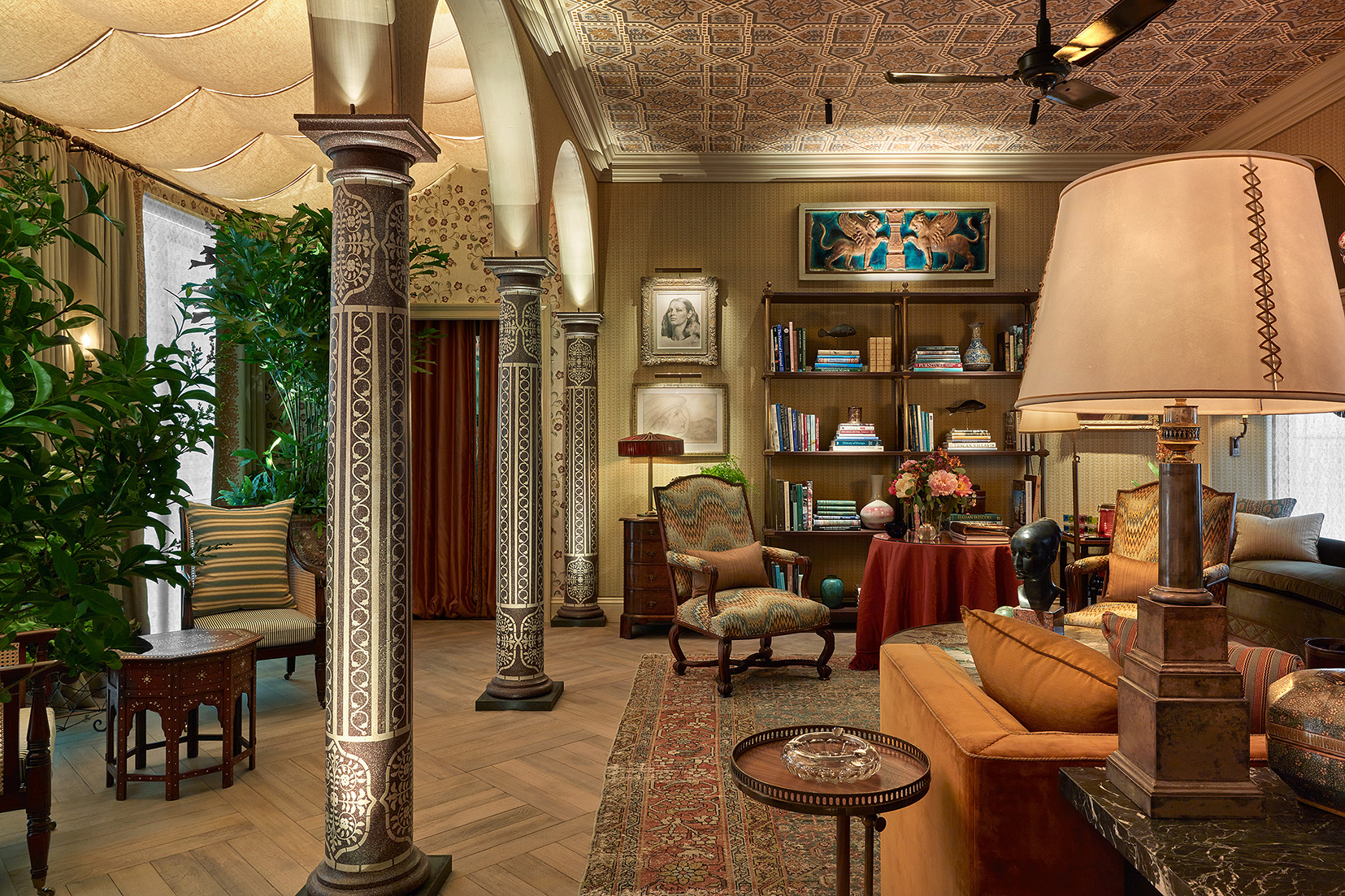
Layering light to enhance the home
Posts
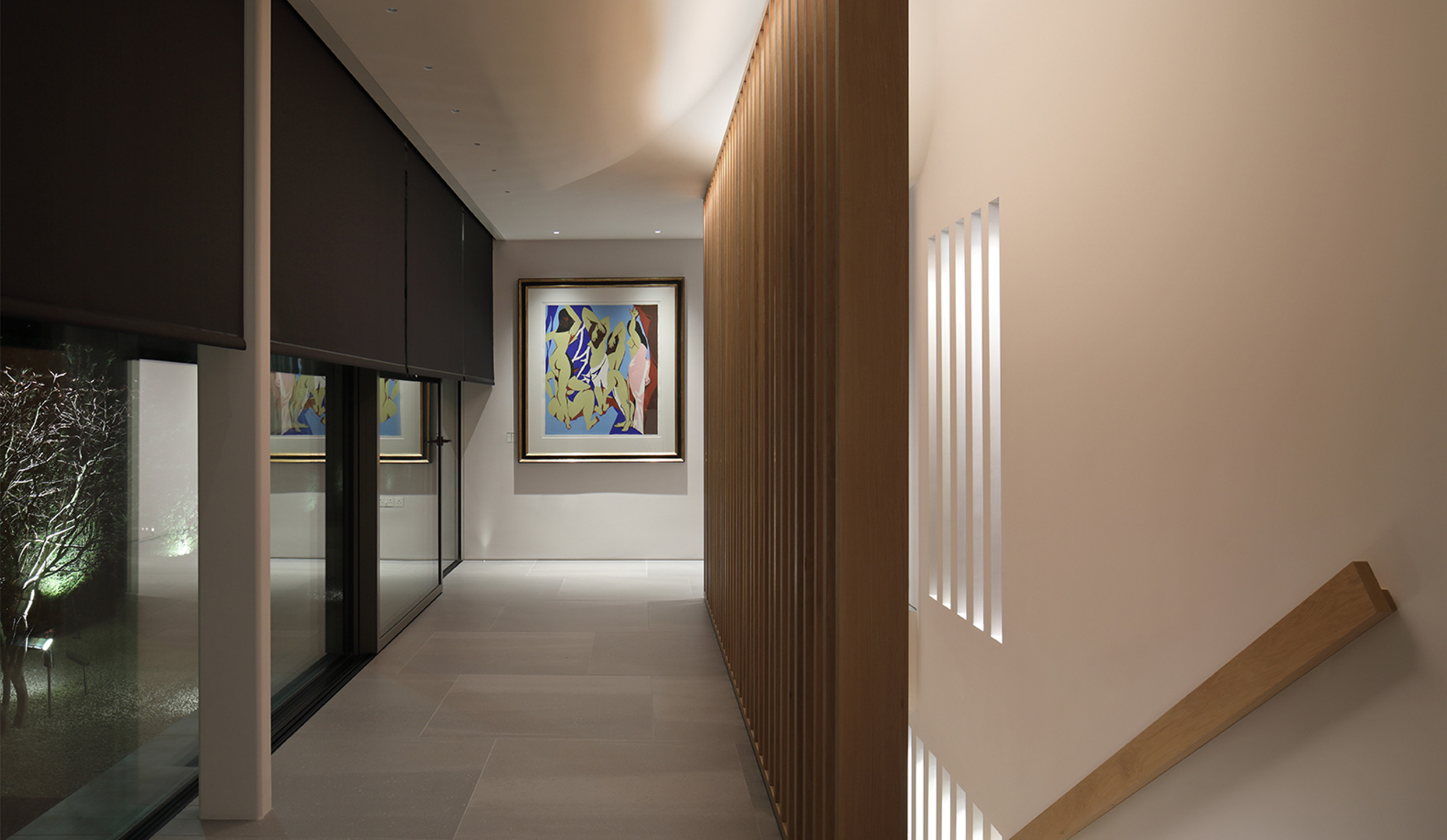
What is Layered Lighting?
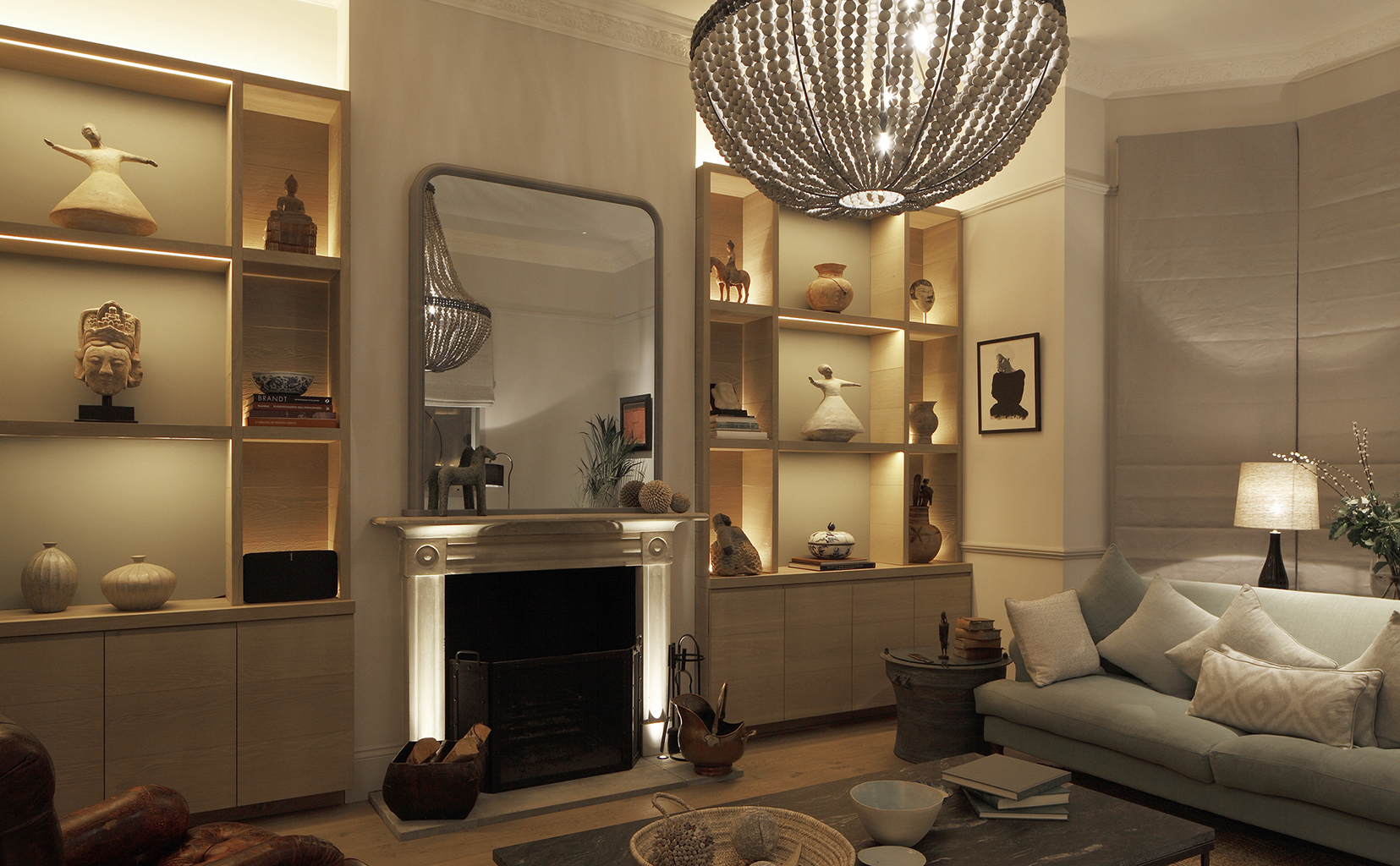
How to Layer Light in a Living Room
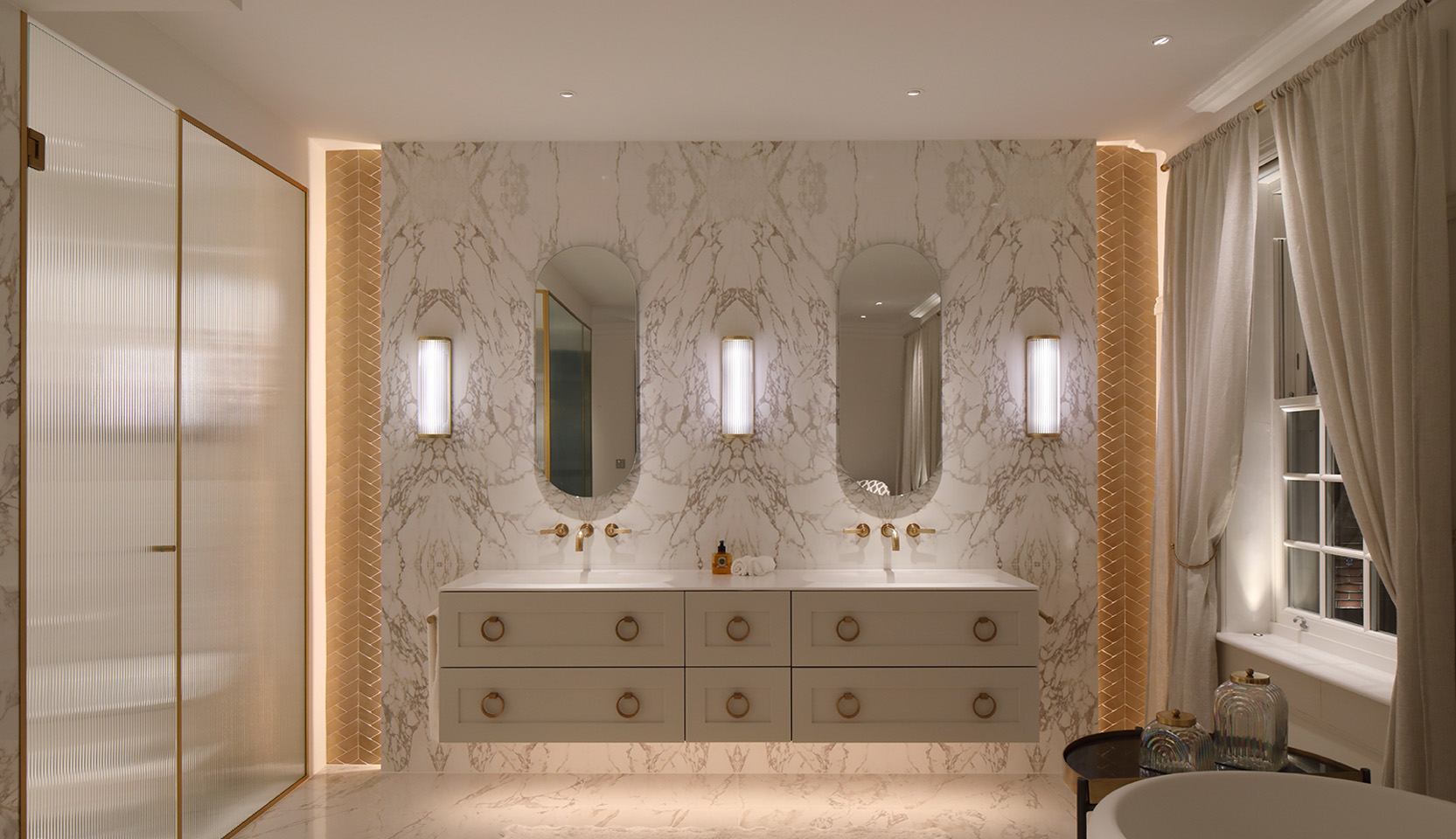
How to Layer Lighting in a Bathroom
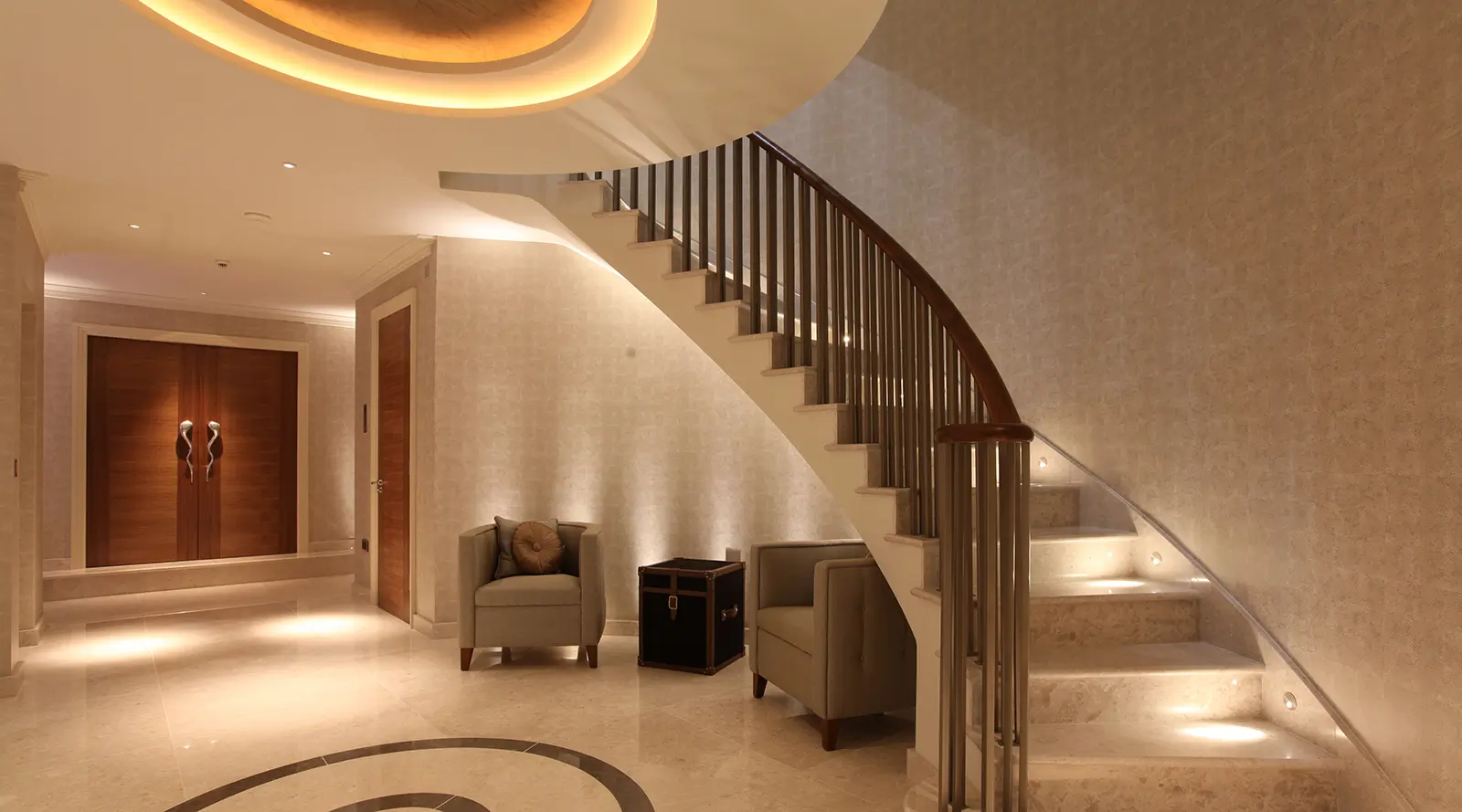
Layering Light in Corridors
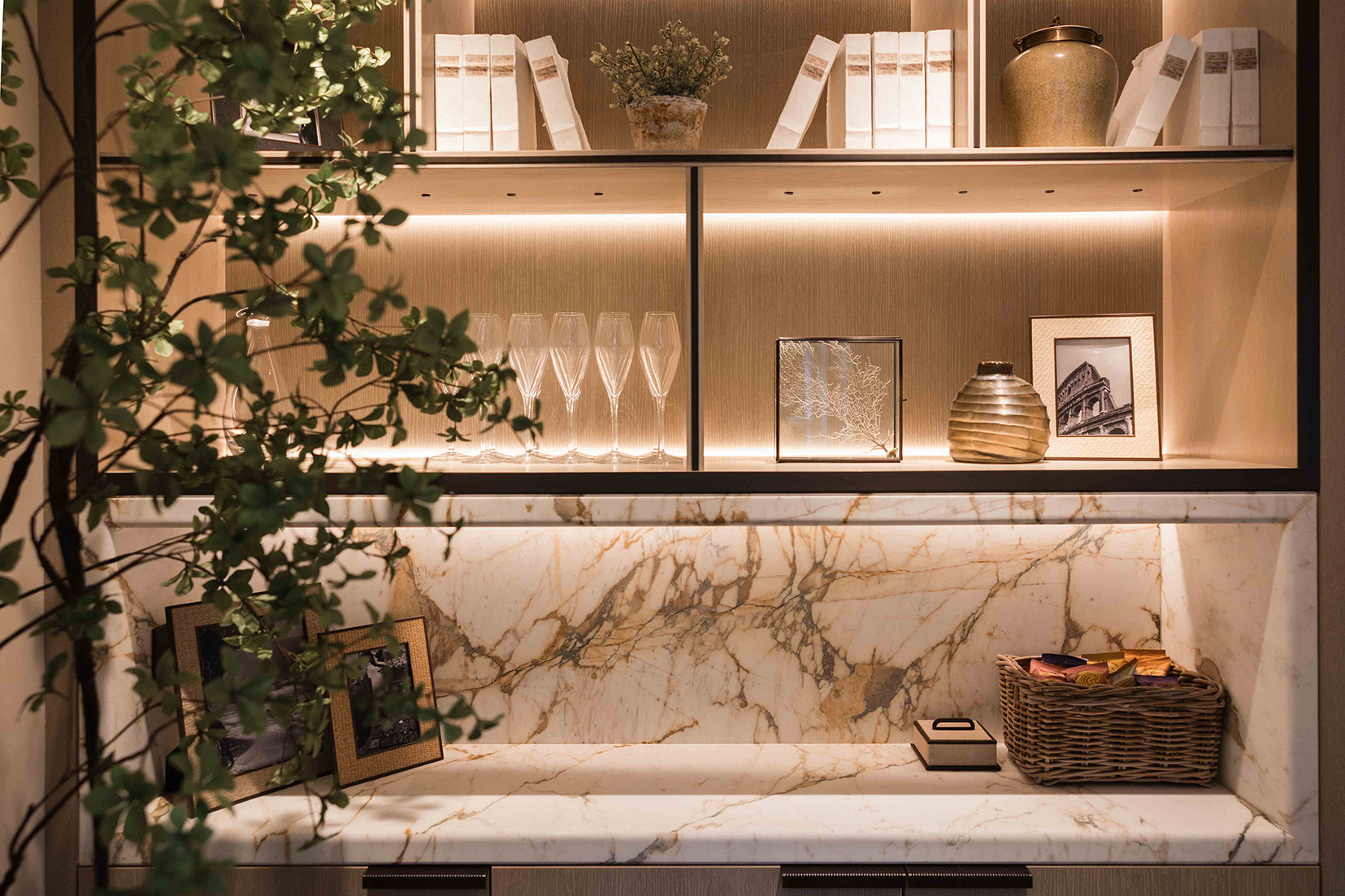
How to Layer Light a Shelving Unit
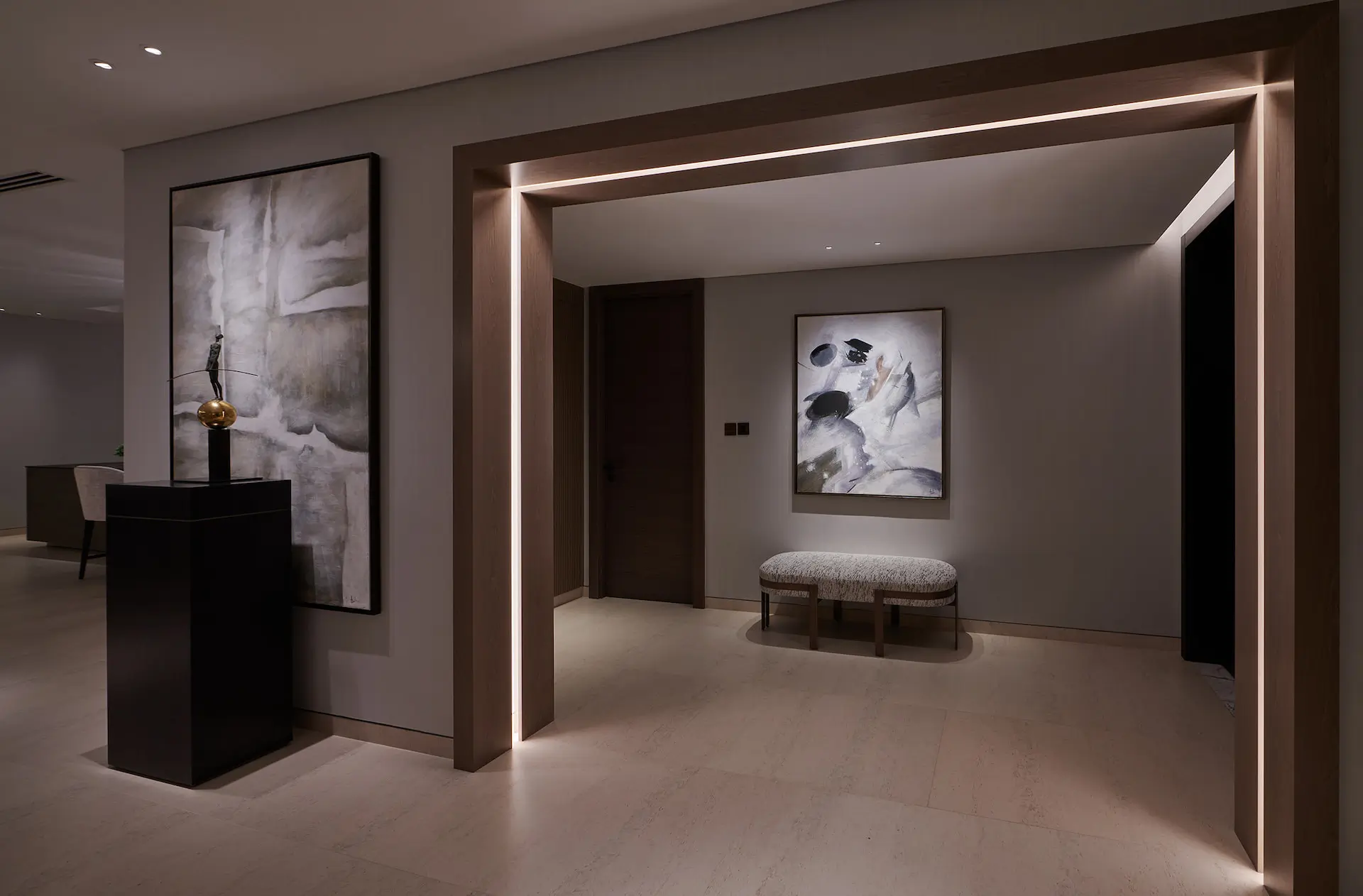
Why Is Independent Control Essential?
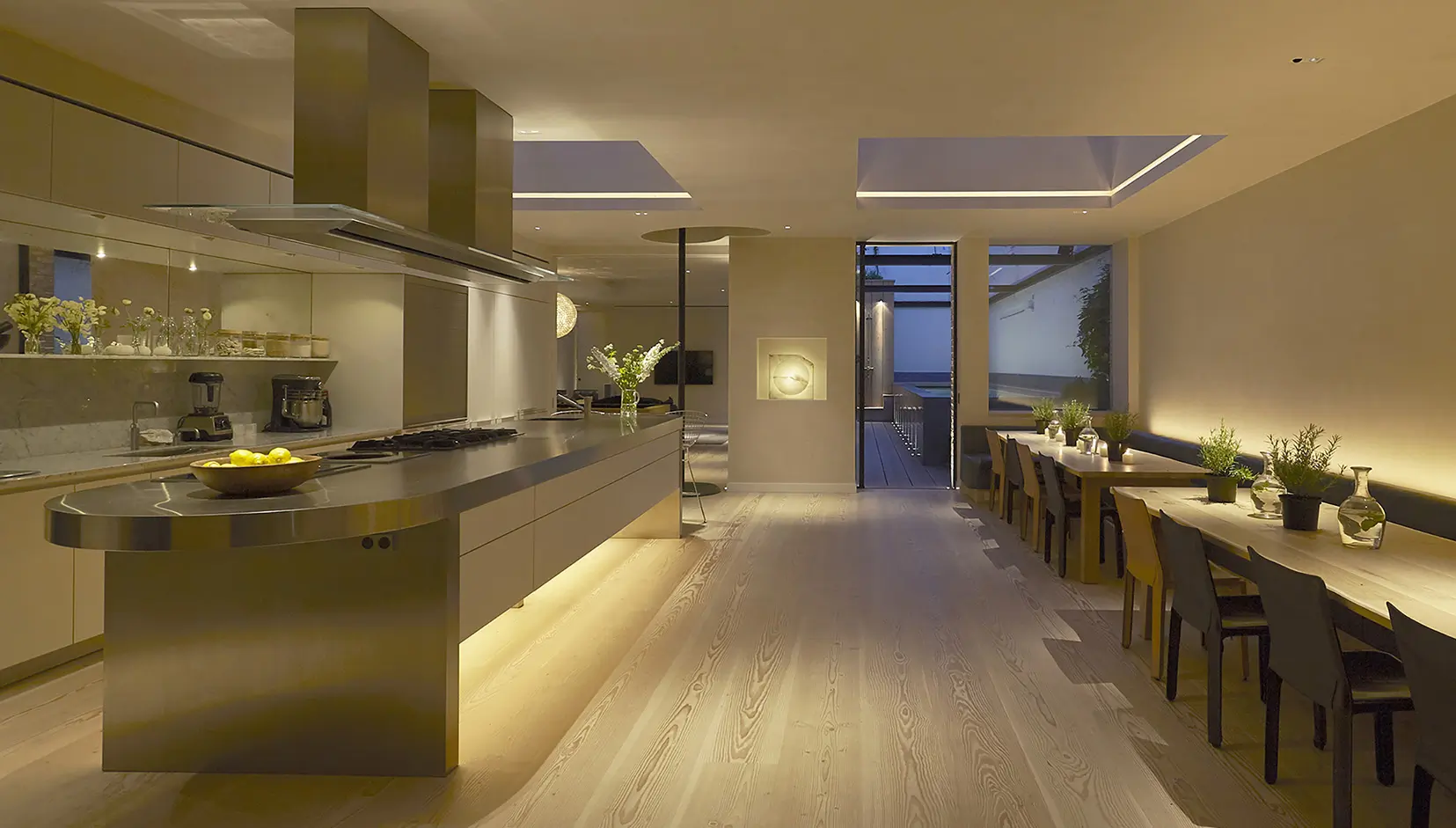
Create the Perfect Lighting Scheme for Your Home